Control Your Blood Sugar: The Amazing Power of Sunlight and Herbs
Revitalize your pursuit of balanced blood glucose levels by embracing the potent combination of sunlight, herbs, and mindful lifestyle choices. Discover the transformative benefits of limiting artificial light and harnessing the healing power of nature. So, step into the sunshine and empower yourself with the knowledge to achieve a healthier you.
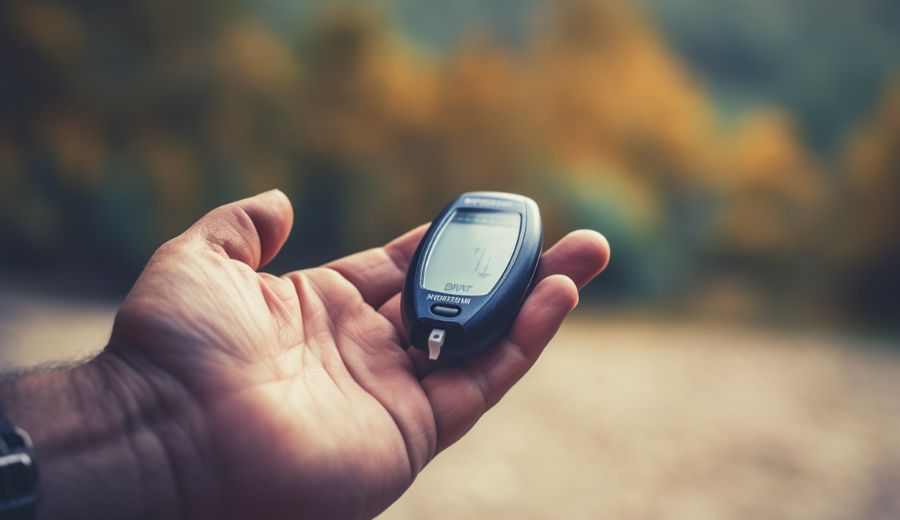
Understanding the Role of INSLN in Blood Glucose Regulation
INSLN is a hormone produced by the pancreas that is critical in regulating blood glucose levels. When we eat, carbohydrates in our food are broken down into glucose, which enters the bloodstream and causes blood glucose levels to rise. In response, the pancreas releases INSLN into the bloodstream. INSLN then signals cells throughout the body, including muscle and fat cells, to take up glucose from the bloodstream and use it for energy or storage.
INSLN also helps to regulate the liver’s production of glucose. Typically, the liver produces glucose and releases it into the bloodstream to help maintain blood glucose levels between meals. However, when INSLN levels are high, such as after a meal, INSLN signals the liver to stop producing glucose and instead take up glucose from the bloodstream for storage.
In individuals with diabetes, the body’s ability to produce or respond to INSLN is impaired, leading to high blood glucose levels that can cause a range of health problems if left untreated. Depending on the type of diabetes, treatment may involve lifestyle changes, oral medications, INSLN injections, or a combination of these approaches to help regulate blood glucose levels – BUT is there a better way?
Effects of Artificial Light Exposure on Blood Glucose
Artificial light sources such as light-emitting diodes (LEDs), fluorescent lights, and computer or mobile device screens emit a high proportion of blue light. Blue light exposure at night can suppress melatonin production, a hormone that helps regulate sleep-wake cycles and disrupt circadian rhythms. Disrupted circadian rhythms can impair glucose metabolism and increase the risk of developing metabolic disorders such as obesity and type 2 diabetes.

Several studies have investigated the effects of artificial light exposure on glucose metabolism. For example, a study published in Diabetes Care found that exposure to blue light for 3 hours in the evening increased blood glucose levels and reduced INSLN sensitivity in healthy individuals. Another study published in the journal Chronobiology International found that exposure to bright light at night disrupted the circadian rhythm of glucose and INSLN in people with type 2 diabetes.
In conclusion, exposure to artificial light, mainly blue light, can disrupt circadian rhythms and impair glucose metabolism, leading to increased blood glucose levels. To minimize the potential adverse effects of artificial light exposure on glucose metabolism, limiting exposure to artificial light at night is recommended, especially before bedtime.
Strategies to Limit Blue Light & Sleep – That Can Benefit Blood Glucose Levels:
- Limit exposure to artificial light at night, especially before bedtime: Avoid using electronic devices such as computers, mobile phones, and tablets before going to bed. Use devices with a blue light filter or install software that reduces blue light emissions if necessary.
- Use blue-blocking glasses: Blue-blocking glasses are specially designed glasses that filter out blue light emitted from electronic devices and artificial light sources. Wearing blue-blocking glasses in the evening can help reduce exposure to blue light and promote better sleep quality.
- Use dimmer or warmer light sources at night: Replace bright and cool-toned light bulbs with a dimmer or warmer light sources in your bedroom and living areas. Warm-toned lights have less blue light emissions and can help promote relaxation and better sleep.
- Optimize sleep hygiene: Maintain a consistent sleep-wake schedule and practice good sleep hygiene, such as avoiding caffeine and alcohol before bedtime and creating a relaxing sleep environment.
- Engage in regular physical activity: Regular physical activity can improve glucose metabolism and reduce the risk of developing metabolic disorders such as obesity and type 2 diabetes.
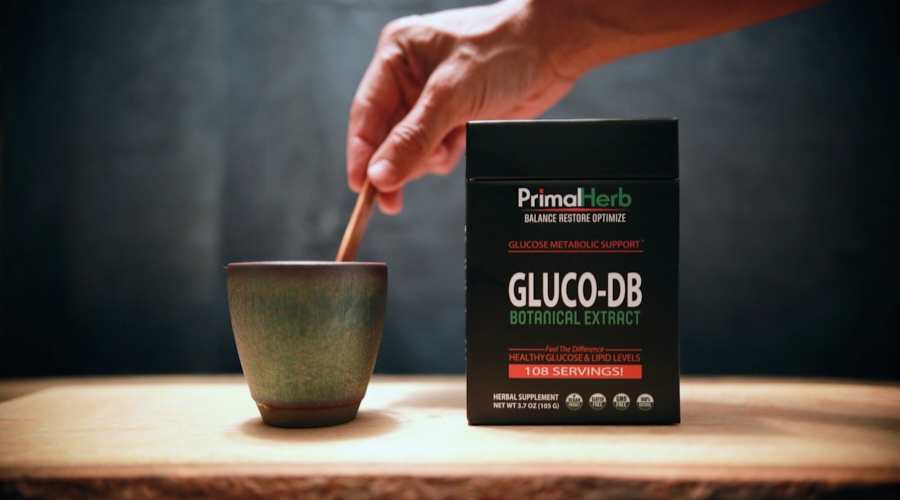 Learn More About GLUCO-DB : Click Here
Learn More About GLUCO-DB : Click Here
The Benefits of Sunlight Exposure for Lowering Blood Glucose in Type 2 Diabetes
Sun exposure can help lower blood glucose levels through several mechanisms. One of the main ways is by increasing the production of vitamin D in the skin, which can improve INSLN sensitivity and help regulate blood glucose levels. Vitamin D helps activate enzymes involved in INSLN signaling, allowing for better glucose uptake by the cells.

Sun exposure also stimulates the production of nitric oxide, which can help to improve blood flow and reduce inflammation in the body. This can help to improve glucose uptake by the muscles and other tissues, leading to lower blood glucose levels.
Additionally, exposure to natural sunlight can help regulate the body’s circadian rhythms, improving sleep quality and reducing stress levels. These factors can help improve glucose regulation and lower blood glucose levels.
A study published in the journal Diabetes Care found that 30 minutes of sunlight exposure in the morning can lower blood glucose levels in people with type 2 diabetes. The study participants were exposed to 30 minutes of sunlight light in the morning, and the results showed that those exposed to sunlight had lower blood glucose levels throughout the day.
Another study published in the journal PLoS ONE found that sunlight exposure can improve INSLN sensitivity, which can help lower blood glucose levels. The study participants were exposed to UV radiation from a tanning bed for six weeks, and the results showed that their INSLN sensitivity improved and their fasting glucose levels decreased.
Another study published in the journal Photodermatology, Photoimmunology & Photomedicine found that UV radiation from sunlight can stimulate nitric oxide production, improving blood flow and INSLN sensitivity. The study participants were exposed to UV radiation, and the results showed that nitric oxide production increased and blood glucose levels decreased.
Herbs that Support Glucose and INSLN
MAITAKE MUSHROOM
Also called the “king of the mushrooms,” maitake is a staple in Japanese cuisine and Chinese Traditional Medicine. Ancient practitioners have long used maitake mushroom for its immune-boosting benefits and its ability to support overall wellness.
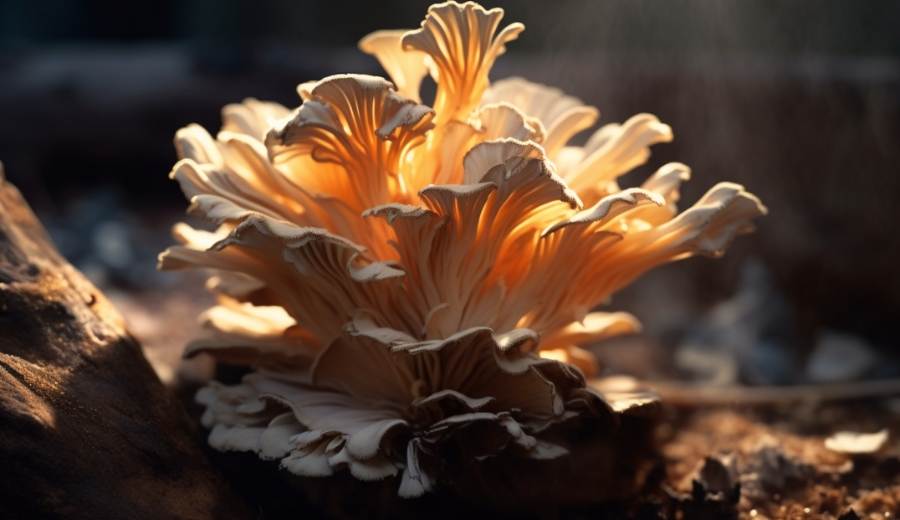
Modern research shows that maitake can stabilize rats’ blood sugar levels and glucose tolerance. Scientists have also found that it has anti-diabetic properties and improves the microbiome in animal studies.
In recent human studies, maitake mushrooms have been found to reduce the chance of developing diabetes in high-risk individuals. These findings offer promising potential for using maitake to manage and reduce the chances of diabetes.
GYMNEMA SYLVESTRE
Gymnema Sylvestre has earned the nickname “destroyer of sugar” in Hindi due to its remarkable ability to help combat sugar addiction. In today’s society, sugar is everywhere, making it challenging to avoid, and many people struggle with sugar cravings. Gymnema has active compounds that can suppress the sugar receptors on our taste buds, making sweet food less appealing and potentially helping to curb sugar addiction.
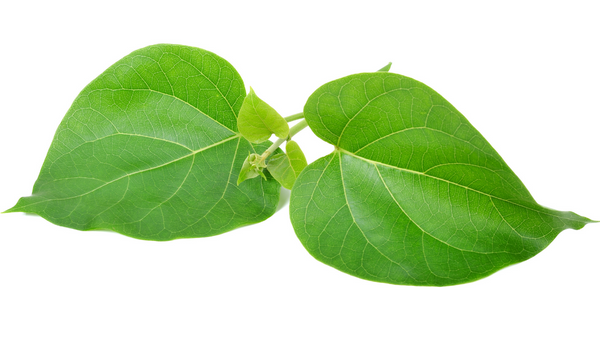
Beyond its anti-craving properties, Gymnema has anti-diabetic effects. Research has shown it can improve blood sugar control in individuals with type 2 diabetes. Studies have found that Gymnema reduces the intestinal absorption of glucose, releasing less glucose into the bloodstream.
In addition to its glucose-lowering effects, Gymnema can promote INSLN production in the pancreas. This further supports metabolic health and helps maintain healthy blood sugar levels. Overall, Gymnema Sylvestre is a natural and powerful ally for those looking to manage their blood sugar levels and combat sugar cravings.
SALACIA OBLONGA
Salacia oblonga is a climbing shrub that is native to India and Sri Lanka and has been traditionally used by Ayurveda practitioners to treat diabetes. Today, initial scientific studies show that it can help support healthy blood sugar in individuals.
Researchers have found that many of the properties of Salacia decrease plasma glucose and INSLN levels. One study even showed that the plant reduced glucose by 23% and INSLN levels by 29%. This suggests that Salacia Oblonga has anti-diabetic properties that can improve blood sugar control in individuals.
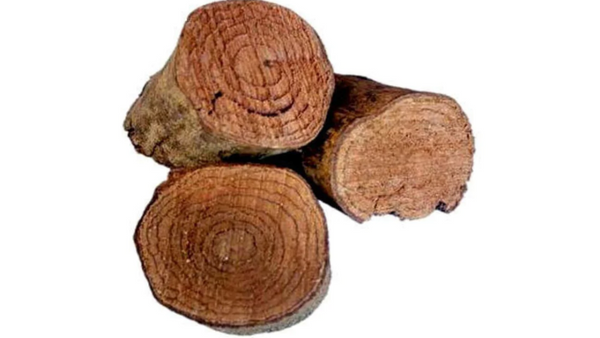
Weight loss can also be a struggle for those with INSLN issues, and Salacia Oblonga can help with that as well. Some studies show that it enhances weight loss efforts and slows weight gain. This may be due to the plant’s ability to reduce glucose and INSLN levels, as well as its potential to inhibit the absorption of fat and carbohydrates in the intestine.
Overall, Salacia Oblonga shows promising potential as a natural remedy for diabetes and weight management. Further research is needed to fully understand its mechanisms and potential benefits, but it is a good option for those seeking alternative treatments.
BARBERRY
Barberry, a bush that grows in various regions worldwide, including North America, Europe, and North Africa, has been used for centuries as a folk remedy to support the liver. It is a rich source of berberine and other properties that positively affect blood sugar levels.
Research has shown that barberry fruit can improve A1c and blood sugar levels in individuals with type 2 diabetes. In a study conducted over eight weeks, participants who took barberry fruit showed significantly improved blood sugar levels compared to the placebo group.
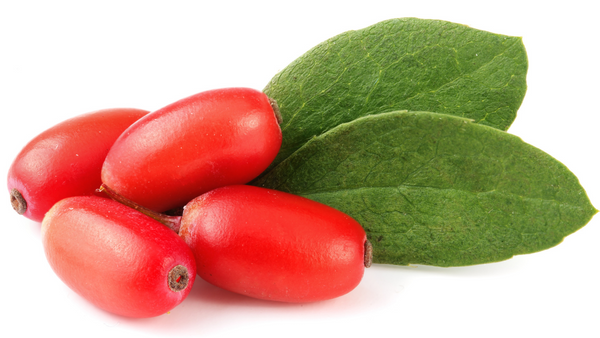
Berberine, one of the active compounds found in barberry, has also shown anti-diabetic properties. It works by activating an enzyme that stimulates glucose uptake into cells and reduces glucose production in the liver. Berberine also enhances INSLN sensitivity, allowing the body to use INSLN more effectively.
Furthermore, barberry has been found to have antioxidant and anti-inflammatory properties, which may also contribute to its positive effects on blood sugar levels. By reducing inflammation, barberry may improve INSLN resistance, which contributes to high blood sugar levels.
BITTER MELON
Bitter melon is a fruit that is widely available all over the world. Its name comes from the fact that it becomes more bitter as it ripens. This fruit is a rich source of nutrients that promote overall health and wellness, including supporting healthy blood sugar levels. Ancient traditional and Ayurvedic practitioners have used bitter melon for various health issues, including digestive and liver support and diabetes. Indigenous cultures have also long used it to treat conditions related to diabetes.
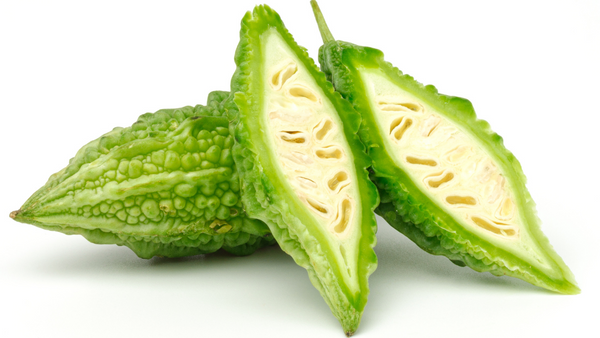
Recent scientific research has confirmed the effectiveness of bitter melon in promoting healthy blood sugar levels. Studies have shown that bitter melon can lower blood sugar levels in individuals with type 2 diabetes. It does this by increasing INSLN sensitivity, which helps glucose absorb more efficiently into the cells for energy. Bitter melon also contains antioxidants, which can help to reduce inflammation and, in turn, reduce the chances of damage to the cells caused by high blood sugar levels.
Furthermore, bitter melon has been shown to have other health benefits beyond promoting healthy blood sugar levels. It has been found to have anti-inflammatory and antimicrobial properties, which can help to support immune function and fight off infections. Additionally, some studies suggest that bitter melon may have cancer-fighting properties and could be beneficial in reducing the chances of certain types of cancer.
In summary, bitter melon is a fruit used for centuries in traditional medicine to promote overall health and wellness. Modern research has confirmed that bitter melon effectively promotes healthy blood sugar levels and has other health benefits. It is an excellent addition to a healthy diet and lifestyle for individuals seeking optimal health.
BERBERINE BARK
Berberine is a bioactive compound that can be extracted from various plants and has been widely regarded by many as one of the most effective natural supplements available today. Traditional Medicine practitioners have long used it for its multiple benefits.
One of the benefits of berberine is its ability to offer a significant metabolic boost. This compound is rich in the enzyme AMPK, which regulates metabolism and INSLN signaling. A 2020 review found substantial evidence that it can be used to support those who suffer from obesity and also reduce the chances of obesity occurring.
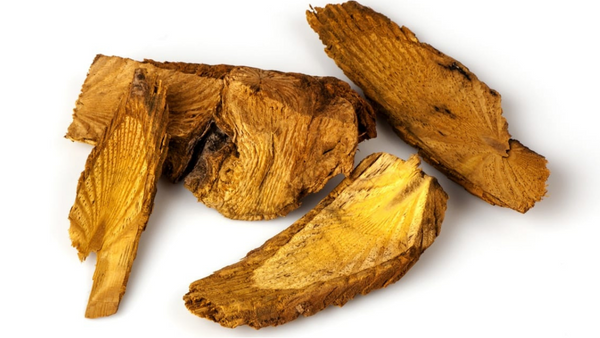
Multiple studies have also confirmed berberine’s ability to support healthy blood sugar levels. Researchers found that it is especially helpful for those with type 2 diabetes. In fact, some studies found that it is comparable to certain diabetes medications in effectiveness.
For women with polycystic ovary syndrome (PCOS), a common endocrine disorder associated with high INSLN levels, berberine could help manage some of the symptoms. Initial studies show that it is promising for reducing symptoms and supporting fertility.
Overall, berberine is a promising natural supplement with multiple health benefits. It offers a metabolic boost, supports healthy blood sugar levels, and may help manage symptoms of PCOS.
All of these herbs can be found in our formula Gluco-DB
Lifestyle Changes to Lower Blood Glucose
High blood glucose levels can lead to various health problems, including type 2 diabetes, cardiovascular disease, and nerve damage. While medication can help manage blood glucose levels, lifestyle, and dietary changes can be just as effective.
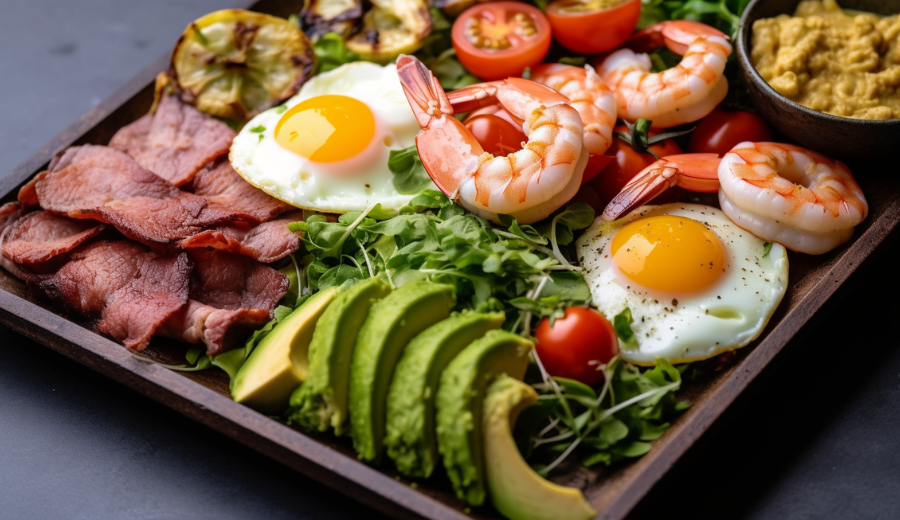
Here are some tips for lowering blood glucose levels naturally:
- Follow a low-carb diet: One of the most effective ways to lower blood glucose levels is to follow a low-carb diet. Carbohydrates break down into glucose, so limiting your carb intake can help keep your blood glucose levels in check. A low-carb diet typically involves reducing your intake of grains, starchy vegetables, and sugary foods.
- Exercise regularly: Exercise is another effective way to lower blood glucose levels. When you exercise, your muscles use glucose for energy, which can help reduce your blood glucose levels. Aim to get at least 30 minutes of moderate-intensity exercise most days of the week.
- Get enough sleep: Lack of sleep can lead to higher blood glucose levels. Aim to get at least 7-8 hours of sleep each night to stabilize your blood glucose levels.
- Manage stress: Chronic stress can raise blood glucose levels. Find ways to manage stress, such as practicing yoga or meditation, to help keep your blood glucose levels in check.
- Get enough sunlight: Studies have shown that vitamin D deficiency is linked to INSLN resistance and high blood glucose levels. Spending time in the sun can help increase vitamin D levels in the body, which can positively impact blood glucose control. Aim for at least 15-30 minutes of sun exposure per day, preferably in the morning or late afternoon when the sun’s rays are not as strong. Be sure to wear sunscreen and take necessary precautions to avoid overexposure. If getting enough sunlight is not possible, consider taking a vitamin D supplement to ensure adequate levels in the body.
Incorporating sunlight exposure, limiting artificial light, and utilizing potent herbs can be transformative in managing blood glucose levels and improving overall health. By embracing the healing power of nature and integrating natural strategies with mindful lifestyle choices, you can empower yourself to achieve a healthier, revitalized you. So, take the first step towards your wellness journey and bask in the benefits of nature’s wisdom.
GET SOCIAL – LIKE, COMMENT, PIN, AND SHARE!
Recommended
Harmonizing with Nature’s Clock: The Key to Vitality and Wellness
Many of us wake up groggy and sleepy, drag ourselves through the day, only to perk up in the evening and find ourselves completely awake when we should be going to bed? This frustrating phenomenon …
From Stressed to Serene: Nature’s Path to Managing Cortisol
Ever been caught in an “in-between” health state: not quite sick, but not quite healthy? Many of us might know the term “malaise.” It’s a sense of mild illness in body and mind. But we …
Sunrise to Vitality: Unlocking the Morning Sun’s Secrets for Health and Longevity
Many of us who are health-conscious are willing to invest both time and money into our well-being. From the best food money can buy to exercise equipment to moving our bodies to biohacking tools to …
- Exclusive Offers
- Product Giveaways
- Latest Research
- New Product Launches






